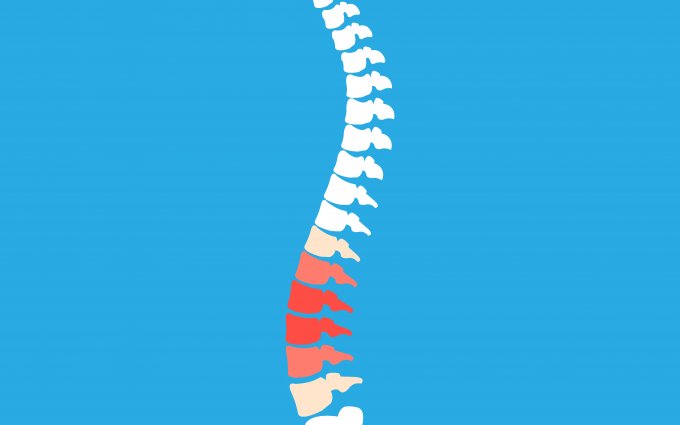07/18/2017

The human body has an advanced capacity to heal itself, but the spinal cord can have a notoriously difficult time recovering from catastrophic damage. Studies in rats and recent advances in early human stem cell research provide hope for those individuals living with spinal cord damage, but approved treatments are still years in the future, nearly approaching the status of science fiction to the current medical mind.
Studies in South Carolina
According to a news article published on the University of South Carolina website, researcher Jeff Twiss is working on a new method of spinal cord cellular regeneration in rats. He and his team observed that regeneration in the peripheral nervous system occurs on its own – slowly, over time, but it does happen. The nerve constructs proteins, which are fundamental building blocks in human systems. Their research indicates that messenger RNA works to support the creation of new proteins in peripheral systems.
Their next step was to help the central nervous system execute the same processes that exist naturally in the peripheral nervous system. Graduate students at the University of South Carolina worked with animal models – rats – to perform a nerve graft of peripheral nervous system tissue into the central nervous system, producing some evidence of cellular regeneration in the spinal cord that actually improved the animal’s motor function.
Stem Cell Breakthroughs
At the same time, researchers at the Gladstone Institutes used human stem cells to create new, healthy, fully-functioning liver, brain and pancreas cells, among others. Now senior researcher Sheng Ding, Ph.D., has turned his attention to spinal cord cells, using unique drug cocktails to chemically reprogram them. Ding says, “Eventually, patients with a broad array of diseases may be able to transform their own cells simply by taking a pill,” according to an article produced by Gladstone Institutes.
Research is currently in its infancy and treatments are years in the future. But at the same time, we here at Paradigm Outcomes see great promise in the possibilities inherent in this line of research. Full rehabilitation of catastrophic spinal cord injury may one day be possible with the advancement of spinal cord treatments such as these.
To learn more about the cutting edge of medical research or to find out more about Paradigm, check out our website or follow us on Twitter, Facebook and LinkedIn.